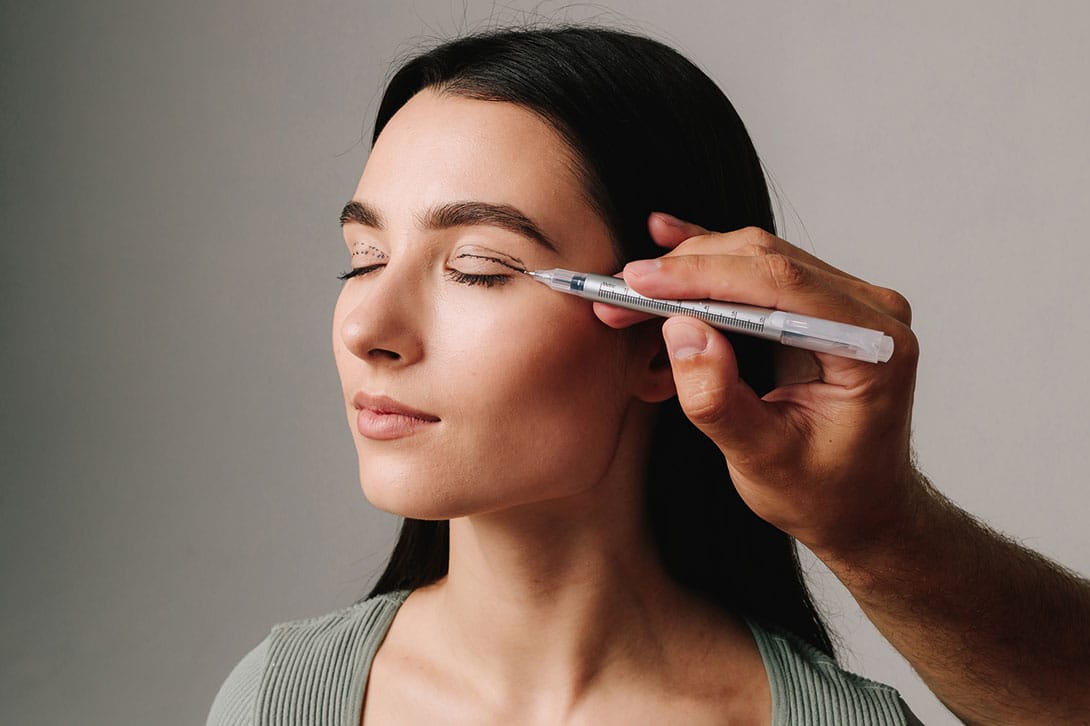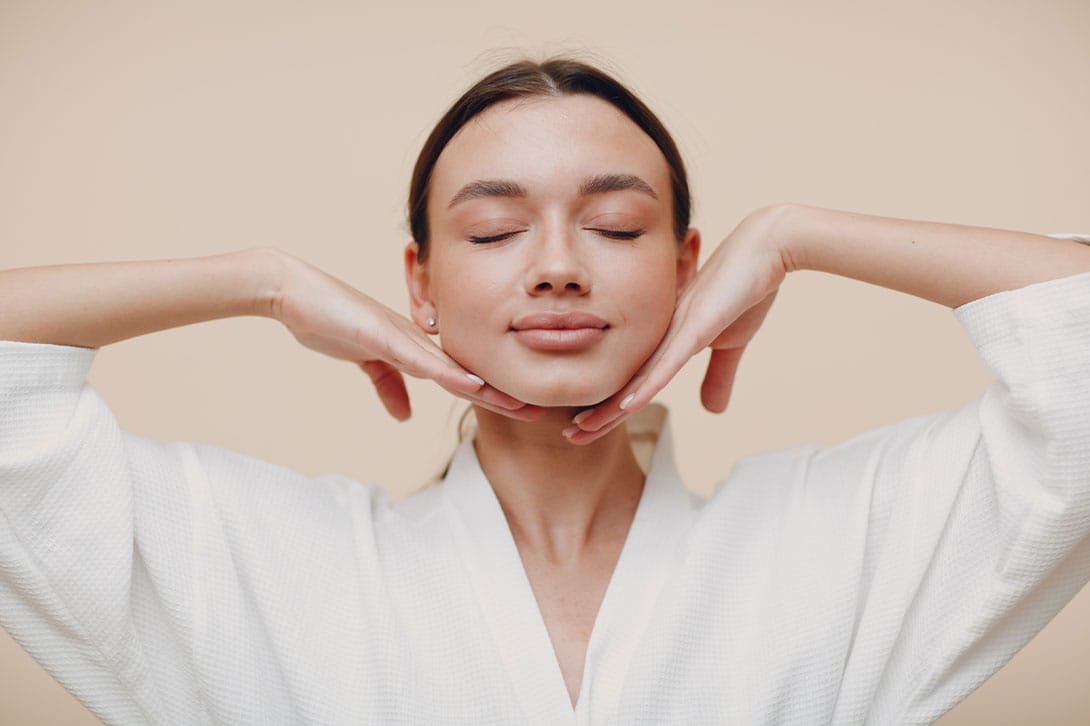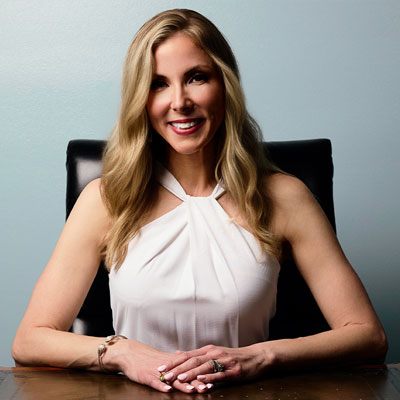Understanding Blepharoplasty
As a triple board-certified oculofacial plastic surgeon with 19 years of experience here in Gulf Shores, Alabama, I’ve performed thousands of blepharoplasty procedures. The eyes are often called the windows to the soul, and when excess skin, puffiness, or drooping eyelids cloud those windows, it can significantly impact both appearance and quality of life. Today, I want to share my comprehensive insights about blepharoplasty—what it is, who benefits from the procedure, and what you can realistically expect from this transformative surgery.
Living in our beautiful coastal community, I see firsthand how the sunny, humid climate affects our skin over time. The constant sun exposure along our Gulf beaches, combined with the natural aging process, often accelerates changes around the delicate eye area. Many of my patients come to Southern Coastal Aesthetics seeking solutions for tired-looking eyes that don’t reflect how vibrant they feel inside. Blepharoplasty, or eyelid surgery, remains one of the most effective ways to rejuvenate the eye area and restore a more youthful, refreshed appearance.

What makes blepharoplasty particularly rewarding in my practice is its dual benefit—it can dramatically improve appearance while potentially enhancing vision in cases where excess upper eyelid skin obstructs the visual field. This combination of functional and aesthetic improvement makes it one of the most satisfying procedures I perform.
What to Expect
What Exactly Is Blepharoplasty?
Blepharoplasty is a surgical procedure designed to remove excess skin, muscle, and sometimes fat from the upper eyelids, lower eyelids, or both. The term comes from the Greek words “blepharon” (eyelid) and “plassein” (to form). In my practice, I perform four main types of blepharoplasty: upper eyelid surgery, lower eyelid surgery, combination upper and lower, and Asian blepharoplasty (double eyelid surgery).
Upper and Lower Blepharoplasty
Upper blepharoplasty addresses hooded or drooping upper eyelids by removing excess skin and, when necessary, removing fat pads. The incision follows the natural crease of the eyelid, making scars virtually invisible once healed. Unlike many oculofacial plastic surgeons, I perform incisional surgery with a CO2 laser, which means I use the laser like a scalpel and scissors. This creates a precise incision, minimizes bleeding during the surgery, minimizes downtime and improves safety. Lower blepharoplasty targets under-eye bags, puffiness, and excess skin. I typically use a transconjunctival approach (internal incision), which alleviates the need for stitches and prevents a scar on the skin. Instead, I use a CO2 laser to not only make the internal incision, but also to tighten the crepey, loose skin on the lower eyelid instead of removing tissue. depending on each patient’s specific needs. Don’t worry, I use metal laser-safe corneal shields to protect the eyes during the procedure. Occasionally, I use a transcutaneous approach (external incision) if there is a significant amount of extra skin (“dermatochalasis”) or for very dark skin tones that are not candidates for CO2 laser resurfacing of the outer portion of the eyelid. While sometimes I use a combination of approaches, using the CO2 laser to make the internal, transconjunctival incision and a “skin pinch” removal of excess skin externally. Regardless, I customize the approach specifically to each patient’s needs.
Sometimes patients will have laxity of their lateral canthal tendon, which makes it more likely for the lower lid to sag after lower blepharoplasty if the tendon is not prophylactically tightened at the time of surgery. To properly determine when to do this, which approach to use, and how to properly perform this, it is best to have an oculofacial plastic surgeon perform a lower lid blepharoplasty.
How Long Does the Procedure Take
The procedure itself typically takes one to three hours, depending on whether we’re addressing upper lids, lower lids, or both. I perform most blepharoplasties under local anesthesia with sedation. What sets oculofacial plastic surgeons apart is our specialized training in the intricate anatomy around the eyes. This expertise allows us to achieve natural-looking results while minimizing risks.
In my Gulf Shores practice, I’ve noticed that our active, outdoor lifestyle means many patients seek blepharoplasty earlier than in other regions. The combination of sun damage and genetic predisposition often leads to premature aging around the eyes, making this procedure popular among patients in their 40s and 50s, though I treat patients ranging from their 30s to 80s.
Who Makes an Ideal Candidate for Blepharoplasty?
Over my years of practice, I’ve identified several key indicators that suggest someone might benefit from blepharoplasty. The most obvious sign is excess, sagging skin on the upper eyelids that may hang over the eyelashes or impair vision. Patients often describe difficulty applying eye makeup or feeling like they look tired even when well-rested. For lower eyelids, persistent bags or puffiness that doesn’t improve with rest or lifestyle changes often brings patients to my office.
Good candidates typically have realistic expectations about what surgery can achieve. During consultations, I emphasize that while blepharoplasty can dramatically improve the appearance of the eyelids, it won’t eliminate crow’s feet, dark circles caused by pigmentation, tear trough deformity, or lift sagging eyebrows. These concerns may require additional treatments like Botox, laser resurfacing, fillers, or brow lift surgery.
Physical Factors
Physical health plays a crucial role in candidacy. According to this authoritative resource, ideal candidates are non-smokers or willing to quit before surgery, as smoking significantly impairs healing. Certain medical conditions require special consideration, including dry eye syndrome, glaucoma, thyroid disorders, diabetes, and cardiovascular disease. I carefully evaluate each patient’s medical history and may coordinate with their other physicians to ensure safety.
Age isn’t the primary determining factor for blepharoplasty candidacy. I’ve successfully treated patients in their 30s with hereditary under-eye bags and patients in their 90s seeking functional or aesthetic improvement. What matters most is skin quality, overall health, and having specific concerns that blepharoplasty can address. During consultations at Southern Coastal Aesthetics, I perform a thorough examination, including testing eyelid function and tear production, to determine if someone is a good candidate.

Investment and Value
The Blepharoplasty Procedure: What to Expect
When patients decide to proceed with blepharoplasty, I guide them through comprehensive preparation. Pre-operative instructions include avoiding blood-thinning medications and supplements, arranging for transportation and post-operative care, and preparing their recovery space at home. I recommend patients stock up on artificial tears, cold compresses, and prescribed medications before surgery day. We provide complimentary post-op kits, which include a wound healing gel, a scar gel, ointment for lower lid laser resurfacing, and supplements to minimize bruising.
The Day of Surgery
On surgery day, patients arrive at our accredited surgical facility, where my team ensures their comfort throughout the process. For upper blepharoplasty, I carefully mark the natural eyelid crease and determine the amount of skin to remove. The incision follows this crease, allowing me to remove excess skin and address fat pads if necessary. I use meticulous suturing techniques to ensure optimal healing and minimal scarring.
Lower blepharoplasty requires a more individualized approach. For patients with excess fat but good to moderate skin elasticity, I often use the transconjunctival approach, making an incision inside the lower eyelid to remove fat without external scarring. When a significant amount of excess skin needs removal, I make an incision just below the lash line. In many cases, I combine fat removal with skin tightening for optimal results. As mentioned previously, I tighten the lateral canthal tendon if needed to prevent complications of lower lid ectropion or lid retraction and lagophthalmos.
Recovery and Long-Term Results
Post-operatively, patients experience swelling, bruising, and mild discomfort for the first week. I do not prescribe pain medication because most patients find over-the-counter acetaminophen (Tylenol) to be sufficient. Cold compresses and keeping the head elevated minimize swelling and aids healing. Sutures typically come out within 7-10 days and are usually dissolvable. Most patients feel comfortable returning to work after 4-7 days, depending on the nature of their work. However, complete healing takes several months.
Recovery from blepharoplasty follows a predictable timeline, though individual experiences vary. The first 48 hours involve the most swelling and bruising, which peaks around day two before gradually subsiding. As outlined in these organization guidelines, I advise patients to avoid strenuous activities, bending, and heavy lifting for at least one week. Living in Gulf Shores, I remind patients to be extra vigilant about sun protection during healing, as our intense coastal sun can affect scar formation, persistent redness, and hyperpigmentation.
The First Week & Follow-Ups
During the first week, patients use prescribed antibiotic ointment and artificial tears to prevent infection and maintain eye comfort. Some temporary side effects are normal, including light sensitivity, excessive tearing, and mild double vision. These typically resolve within days to weeks. I see patients for follow-up appointments at one week, one month, three months, and six months to monitor healing progress.
Long-Term Results
Long-term results from blepharoplasty are generally excellent and long-lasting. While the procedure doesn’t stop aging, results typically last 15-20 years for upper eyelids and 20-25 years for lower eyelids. Factors affecting longevity include genetics, sun exposure, smoking, and overall skin care. Here in our sunny climate, I emphasize the importance of daily sunscreen use and quality sunglasses to protect surgical results.
Patient satisfaction rates for blepharoplasty remain consistently high in my practice. Most patients report looking more rested, youthful, and approachable. Many note improved self-confidence and easier eye makeup application. For those who had functional impairment, the improved peripheral vision can be life-changing. The key to satisfaction lies in having realistic expectations and choosing an experienced surgeon who understands facial aesthetics and eyelid anatomy.
Frequently Asked Questions
How much does blepharoplasty cost?
Costs vary depending on whether you’re having upper, lower, or combined blepharoplasty. In my Gulf Shores practice, fees typically range from $5500-$10,000, including surgeon fees, facility costs, and anesthesia. During consultation, we provide detailed cost breakdowns and discuss financing options.
Will I have visible scars?
With proper technique and healing, blepharoplasty scars are typically well-concealed. Upper eyelid incisions hide in the natural crease, becoming virtually invisible once healed. Lower eyelid incisions are usually placed inside the eyelid, eliminating a scar. However, the external lower lid incision, when used, heals very well. I use advanced suturing techniques and provide detailed scar care instructions to optimize healing.
Can blepharoplasty be combined with other procedures?
Absolutely. I often combine blepharoplasty with brow lifts, facelifts, hair transplants, or CO2 laser resurfacing of the entire face. Combining procedures can provide more comprehensive facial rejuvenation and reduce overall recovery time. During consultation, we discuss which combination might best achieve your aesthetic goals.
What are the risks?
While blepharoplasty is generally safe, potential risks include infection, bleeding, scarring, dry eyes, difficulty closing eyes, and asymmetry. Serious complications are rare when performed by an experienced oculofacial surgeon. My specialized training in eyelid anatomy and function helps minimize these risks.
How do I choose the right surgeon?
Look for board certification in oculofacial plastic surgery or plastic surgery with extensive eyelid surgery experience. Review before-and-after photos, read patient testimonials, and ensure the surgeon operates in an accredited facility. Following the industry guidelines, during consultation, assess whether the surgeon listens to your concerns and provides honest, realistic expectations.
When will I see the final results?
Initial results are visible once swelling subsides, typically within 2-3 weeks. However, final results develop over 3-6 months as tissues settle and scars mature. Patience during healing is crucial for optimal outcomes.
Is the procedure painful?
Most patients report minimal pain during and after blepharoplasty. Local anesthesia with sedation keeps you comfortable during surgery. Post-operative discomfort is usually mild and well-controlled with over-the-counter acetaminophen (Tylenol). Cold compresses and keeping your head elevated also help minimize discomfort and swelling.
Getting Started
As we conclude this comprehensive guide to blepharoplasty, I hope I’ve provided valuable insights into this transformative procedure. At Southern Coastal Aesthetics, my goal is always to help patients make informed decisions about their aesthetic journey. If you’re considering blepharoplasty and would like to explore whether it’s right for you, I invite you to schedule a consultation. Together, we can discuss your concerns, evaluate your options, and create a personalized treatment plan that helps you achieve naturally beautiful, refreshed-looking eyes that reflect how vibrant you feel inside.

Written by: Dr. Carrie L. Morris
Triple Board-Certified Oculofacial Plastic Surgeon, Southern Coastal Aesthetics
About Dr. Morris


